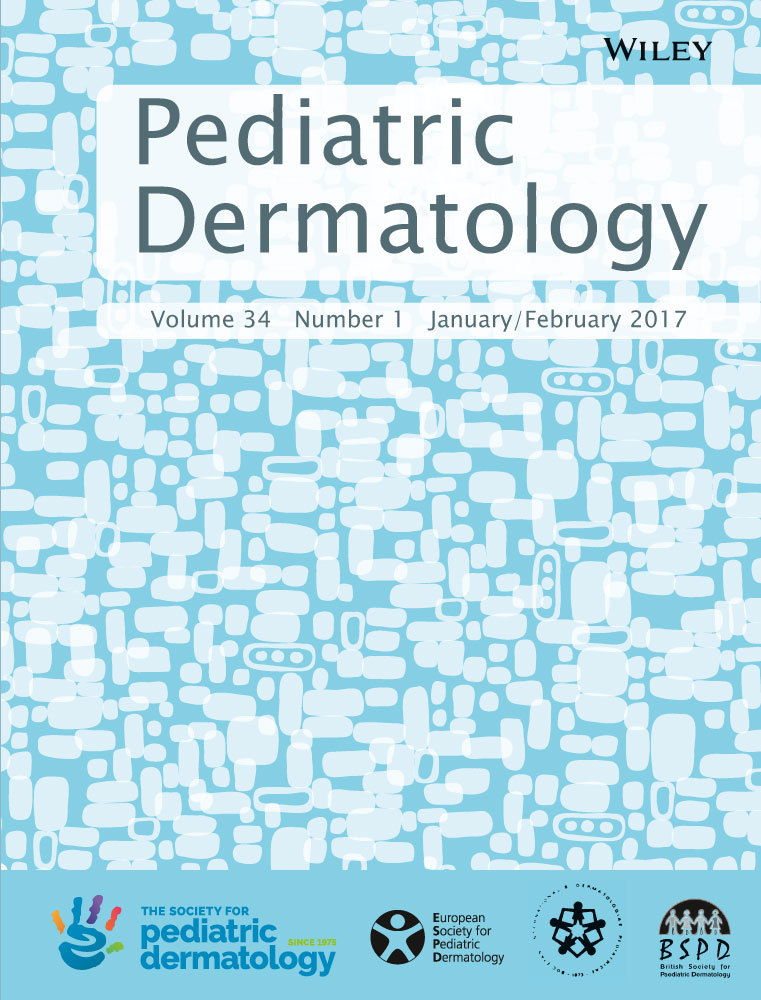Infantile Hemangioma with Minimal or Arrested Growth: Further Observations on Clinical and Histopathologic Findings of this Unique but Underrecognized Entity
Abstract
Background
Infantile hemangioma (IH) with minimal or arrested growth (IH-MAG) is becoming increasingly recognized in the literature. It is important to be aware of their existence, because the correct diagnosis is essential for prognostication and treatment and, in the case of facial segmental lesions, the direction of further investigations if PHACE (posterior fossa abnormalities and other structural brain abnormalities; hemangioma(s) of the cervical facial region; arterial cerebrovascular anomalies; cardiac defects, aortic coarctation, and other aortic abnormalities; eye anomalies) syndrome or Sturge–Weber syndrome is suspected. Although the clinical and histologic characteristics of IH-MAG resemble capillary malformations, positive GLUT-1 status is a delineating feature.
Methods
We reviewed nine cases of infants who presented after 2000 with birthmarks showing unique clinical features suggestive of a special variant of IHs. All patients had serial photographs taken demonstrating resolution of the birthmark over time. Five of these cases had skin biopsy performed, all of which confirmed GLUT-1 positivity.
Results
This photographic series of IH-MAG demonstrates their unique clinical, histologic, and immunochemistry features. They were nearly fully formed at birth, and their common clinical features included telangiectasia, venules, and matte erythema with light and dark areas. Spontaneous resolution over time without cosmetic disfigurement was the observed natural history in the majority of cases.
Conclusion
IH-MAG is a unique clinical subset of hemangioma for which close observation is the preferred treatment. When in doubt, a biopsy for histology and GLUT-1 status may be needed to confirm the diagnosis before embarking on unnecessary laser treatment or medical interventions.




